Paysages, Chevelures & The Pots
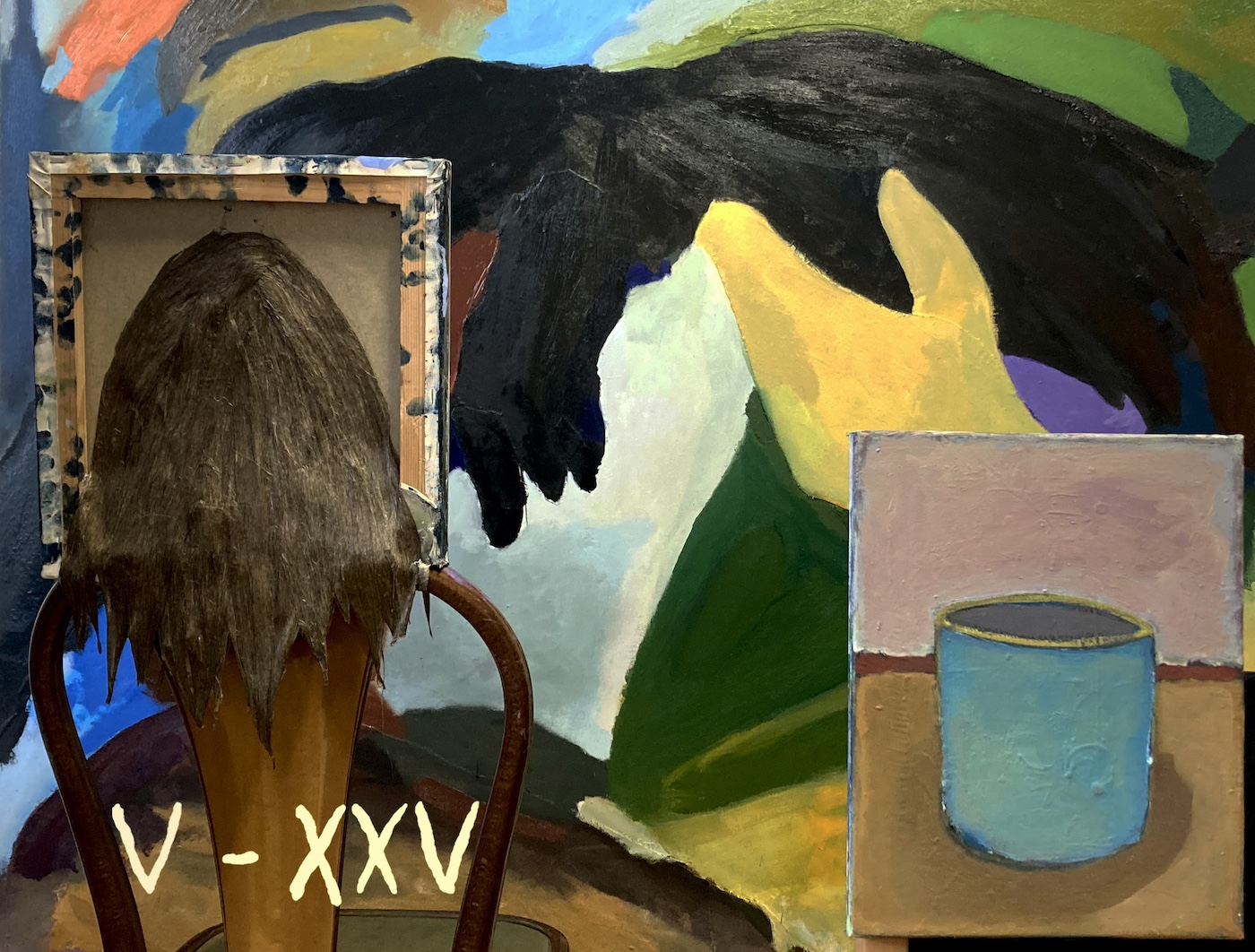
Paysages, Chevelures & The Pots
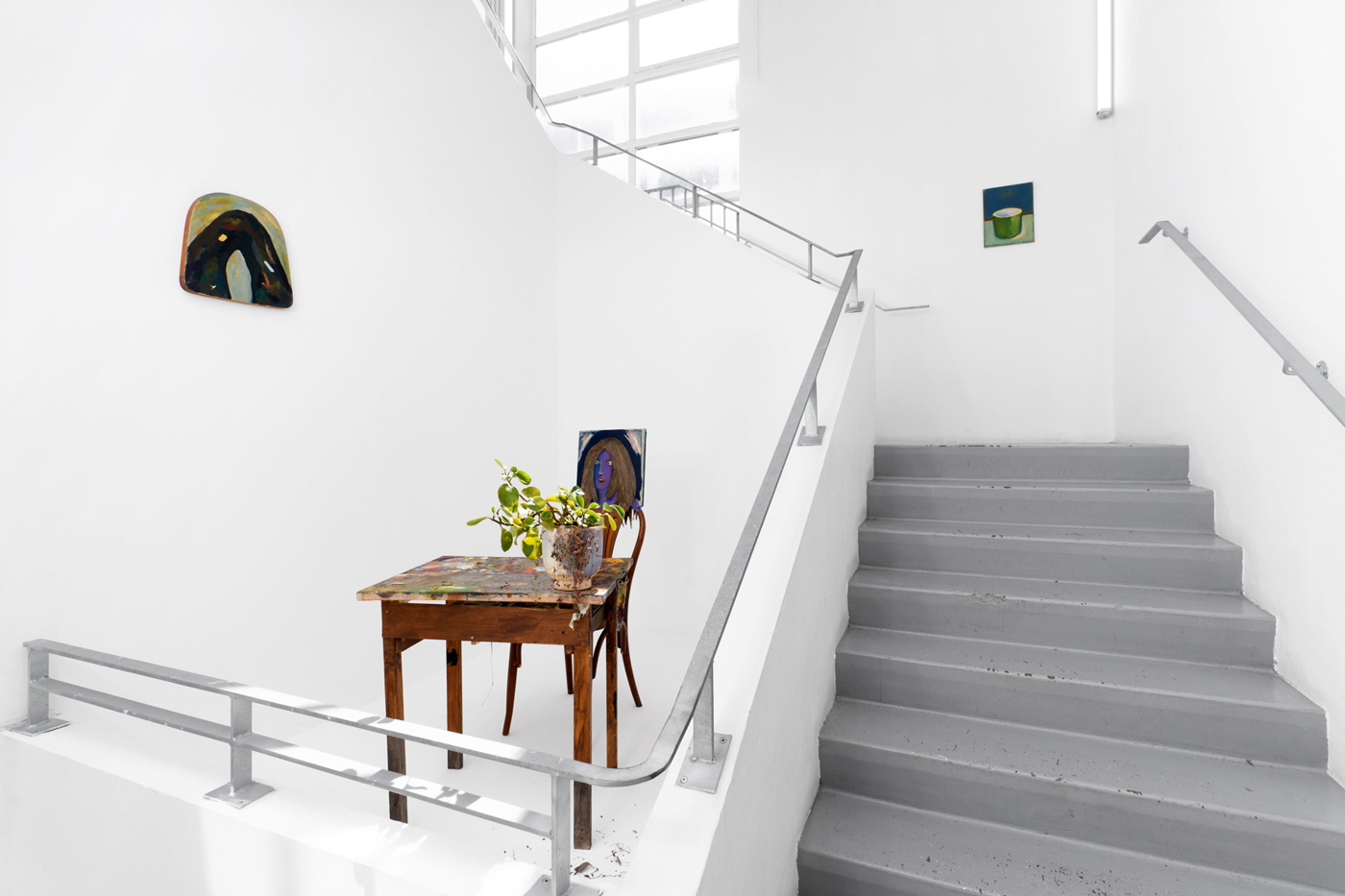
Paysages, Chevelures & The Pots
Exhibition view
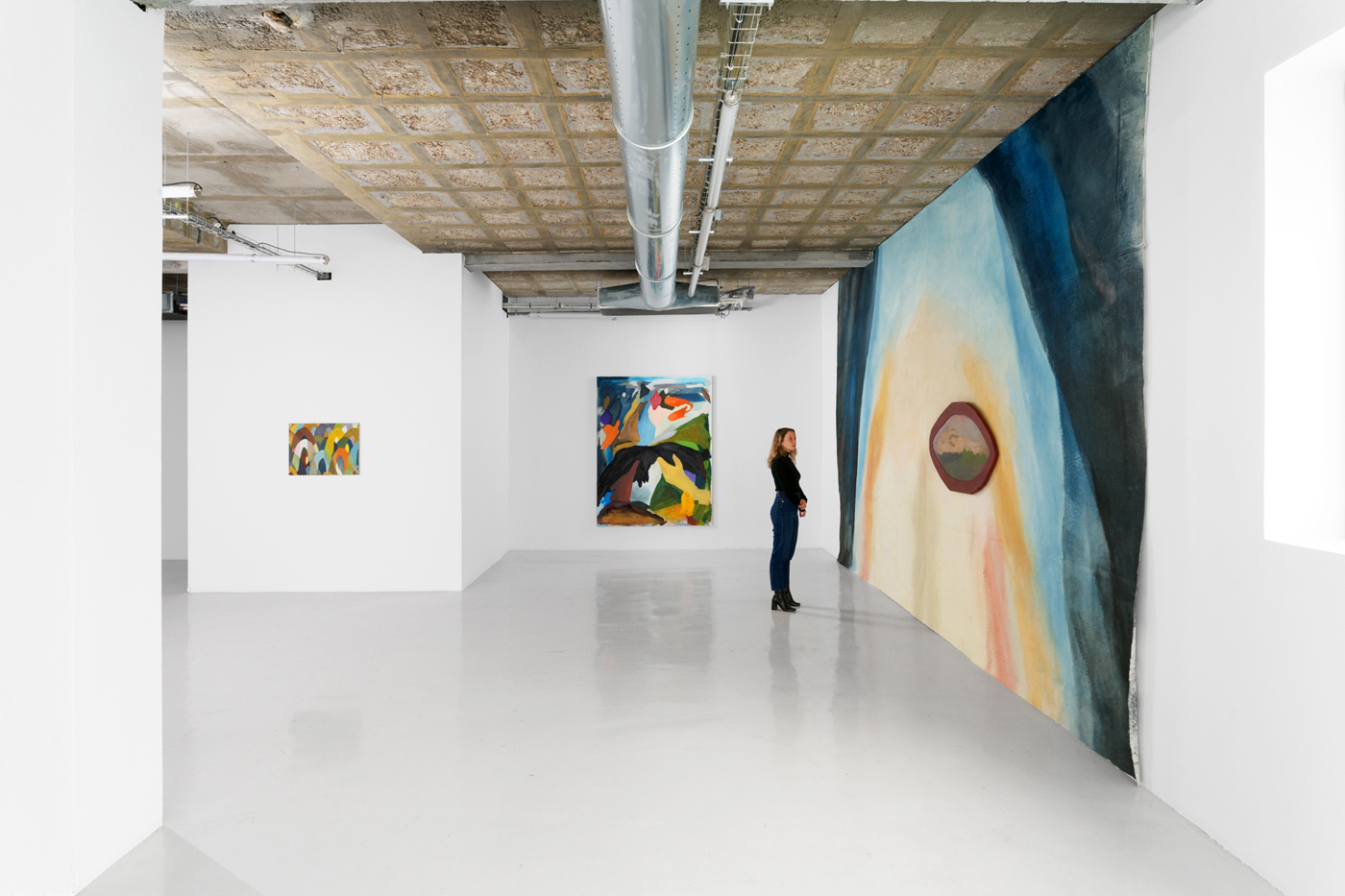
Paysages, Chevelures & The Pots
Exhibition view
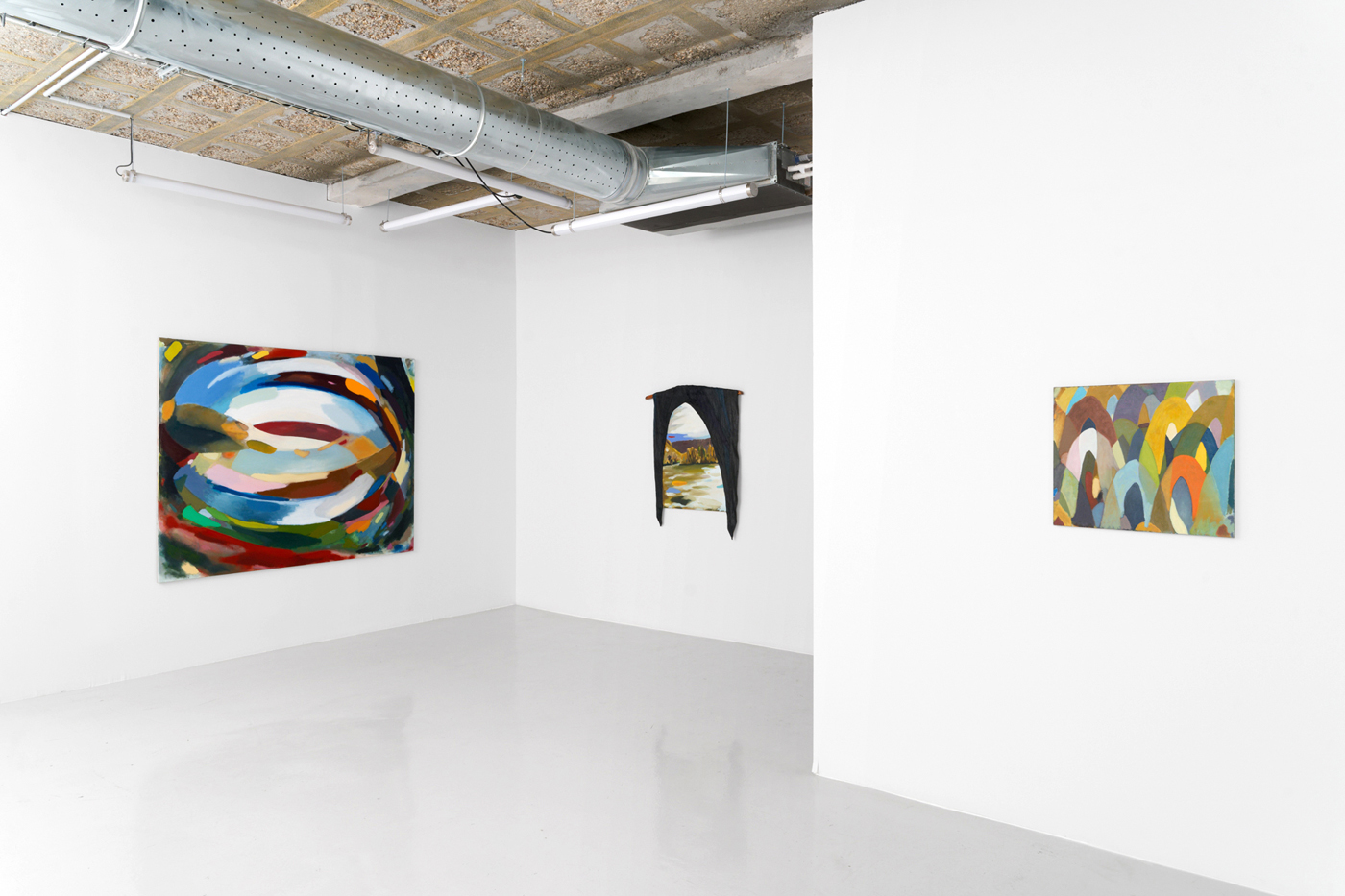
Paysages, Chevelures & The Pots
Exhibition view
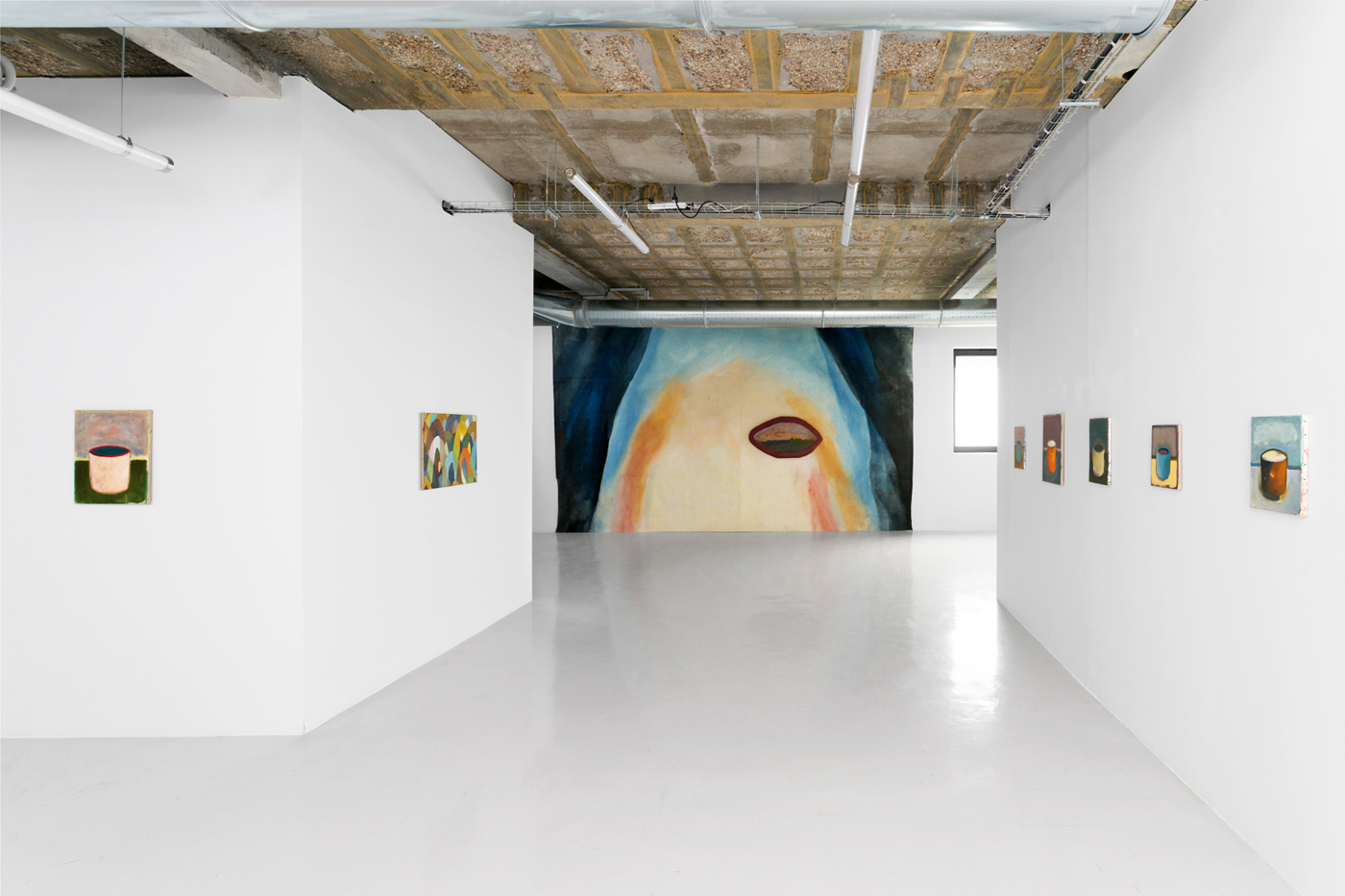
Paysages, Chevelures & The Pots
Exhibition view
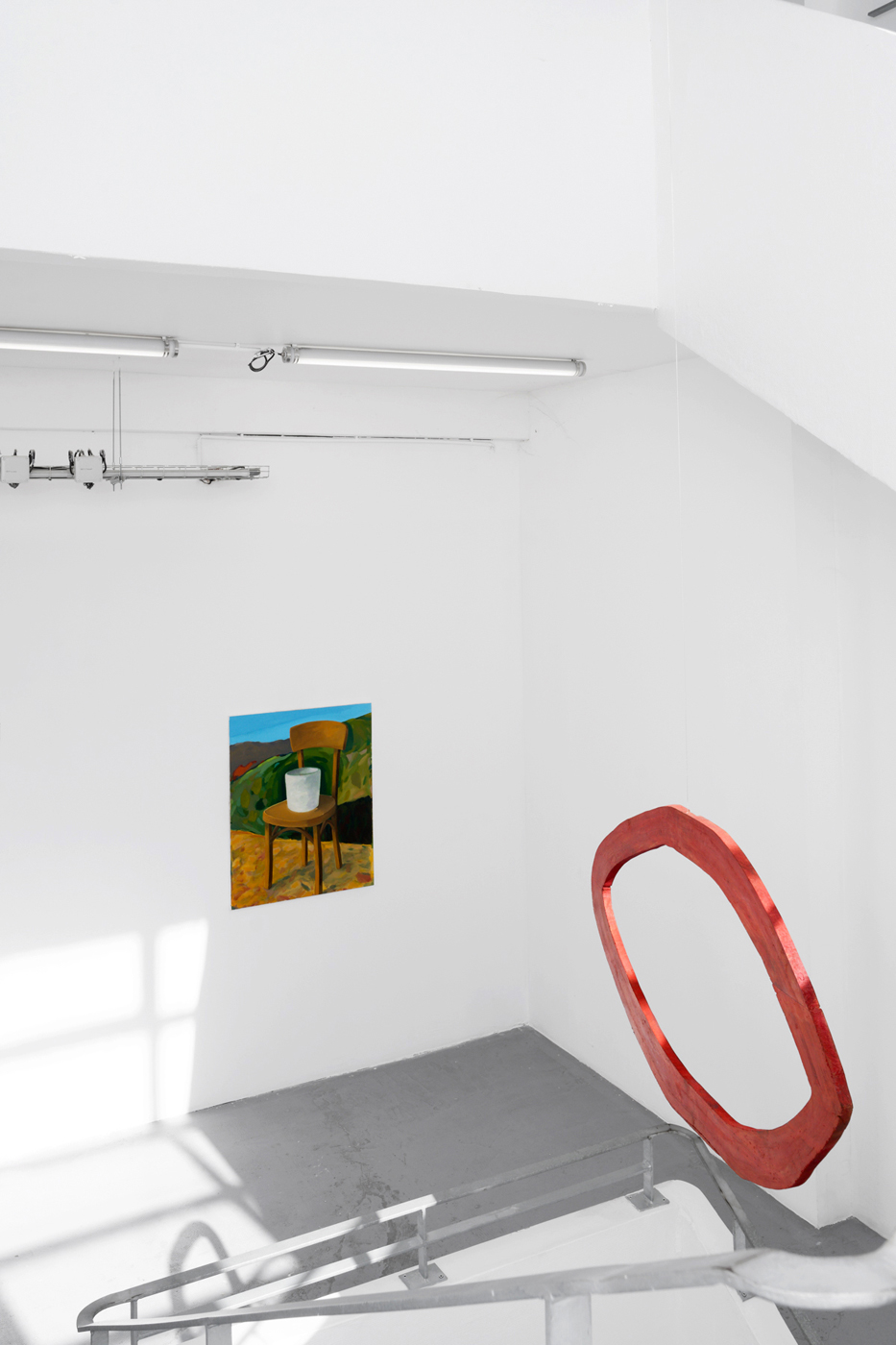
Paysages, Chevelures & The Pots
Exhibition view
OPENING SUNDAY MARCH 16TH, FROM 3PM TO 7PM
In 2005, when they were completing their art studies, Nicolas Beaumelle and Aurélien Porte founded the entity We Are The Painters. Among the works that the pair were able to show in public or private institutions during the 2010s, a series strikingly stood out, while infusing the rest of their practice. This body of work, composed of over 50 enigmatic portraits of women with black hair and parted lips, seems to blend with the pair's very existence since the first portrait of the series corresponds to the first painting that, done together, they considered a success In a text that I devoted to them in 2014, I asserted that this series reveals the collaborative protocol that is found in WATP" since the idea of repetition disposes of the question of motif that might disturb this two-handed game. In deciding to tirelessly paint the same picture, WATP, paradoxically, does not dispose of the question of composition - quite the contrary, it multiplies it. In focusing on each of the zones of the pictures that they alternately work on, Nicolas Beaumelle and Aurélien Porte play several rounds [...] of the same game, that of painting, a ductile practice capable of stretching out the same series in an infinite repetition.
In 2025, the game was stretched out to such an extent that the figure seems to have dissolved in the repetition. In the exhibition held this year in the In Situ - Fabienne Leclerc gallery, the series of women's faces, which was however their trademark, is practically absent. In its place, WATP presents several series (as the title of the exhibition indicates), each of which expresses in its own way a new phase (after that of repetition) of this figural crisis. One of them is comprised of landscape paintings topped by thick pressed-linen wigs painted black - as if the series of women's portraits were inverted to show us what they are looking at... A POV painting, in a certain way, in which the subjective vision, oddly enough, isn't that of two painters but that of the painting itself that looks at the landscape opposite it.
The exhibition also presents new paintings that seem to be inspired by both Morandi and Rothko. Very programmatic, this series of pictures (started during Covid), consists of the repetition of a very stripped-down form of a pot, without any ornamentation, standing out against the empty ground of a simplified perspective leaving free rein to solid areas of color. The minimalist approach here is a new sign of a figurality crisis because the pot, even if it is still there, is only a residue. As WATP acknowledged, the real subject should have been the plant that could have been found in the pot but the motif, absent, gives way to paint (color). As for the pot, it is only a container that contains the plant, or, if you like, the paint.[1] After having disposed of the fruit, the game, the silverware, etc. of his still-lives to only keep empty containers, it has been claimed that Morandi set aside any possibility of reflection and transparency of the glass by pouring paint inside his bottles, in order to mattify them so that they become pure forms occupying space...
During the rounds of a game in the same way as that of painting, two phases are important: the beginning (how do you make a painting?) and the end (why is it finished?). It is between these two negotiations poles that WATP's collaborative practice is situated. A painting always begins with the material conditions of production (the choice of the support, pigments, drying, transport times, etc.) and of existence (subsistence activities, family life, friendship, leisure activities, moving). It is the friction between these existence and production conditionq that resulted, for example, in the fact that the pair did not produce anything for a few years. But it is also these conditions that recently permitted them to get together in Le Havre (where Aurélien Porte has been living for some time) to paint the Norman landscapes, or to stock up on linen, a typical product of the region... To be completely honest, it also to relearn to paint together after a pause, to rediscover the pleasure of composing a picture stroke by stroke, that WATP resumed the series of pots started during the lockdown. And it is the way in which the existence and production conditions are reflected, in each other, with simplicity, that makes the works so moving, especially when they are produced by two artists working together.
If it is at first useful to take a materialistic approach to the reading of a painting's origin, its completion, on the other hand, falls within an ontological system. It is perhaps on this track that the different strategies that create a figurality crisis in WATP's work attempt to bring us along. No matter the motif or the figure, no matter the ground and the form, no matter whether we know if a given landscape is figurative or abstract (abstraction is "nature seen with a chicken's eyes" Morandi is said to have stated...), what counts in the end is recognizing that a painting is finished and that it exists. The work of painting is therefore also a work of reciprocal indexing that Nicolas Beaumelle and Adrien Porte have been undertaking since their first picture that they considered completed in 2006.. For this new exhibition, WATP created certain canvases that are slightly deformed reproductions of abstract landscapes painted a few years earlier, as if to confirm by repetition that it is clearly a question of painting - that they have its ontological status. Through this doubling, WATP seems to stress the two joint systems of painting: its ontological presence and the indexing of this presence. It is this game that We Are The Painters has been devoting itself to for more than 20 years.
Gallien Déjean
[1] The chair, depicted in other pictures in this exhibition, has a function similar to that of the pot: rather than a motif, it is the sign that marks the absence of the figure that should have been sitting on it.